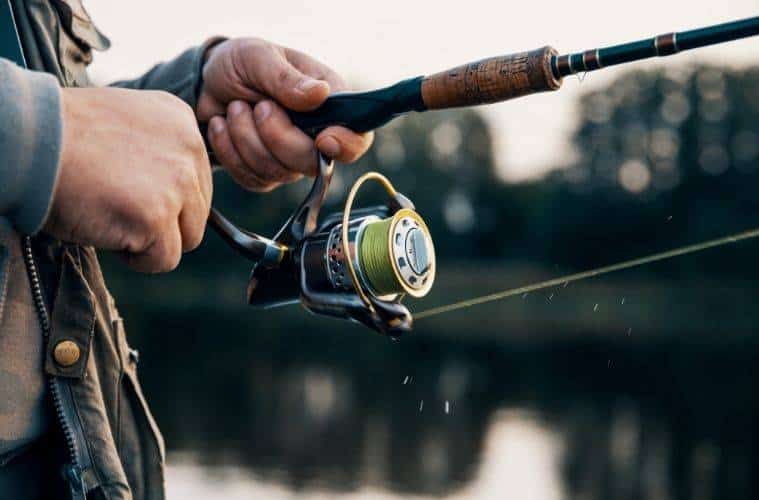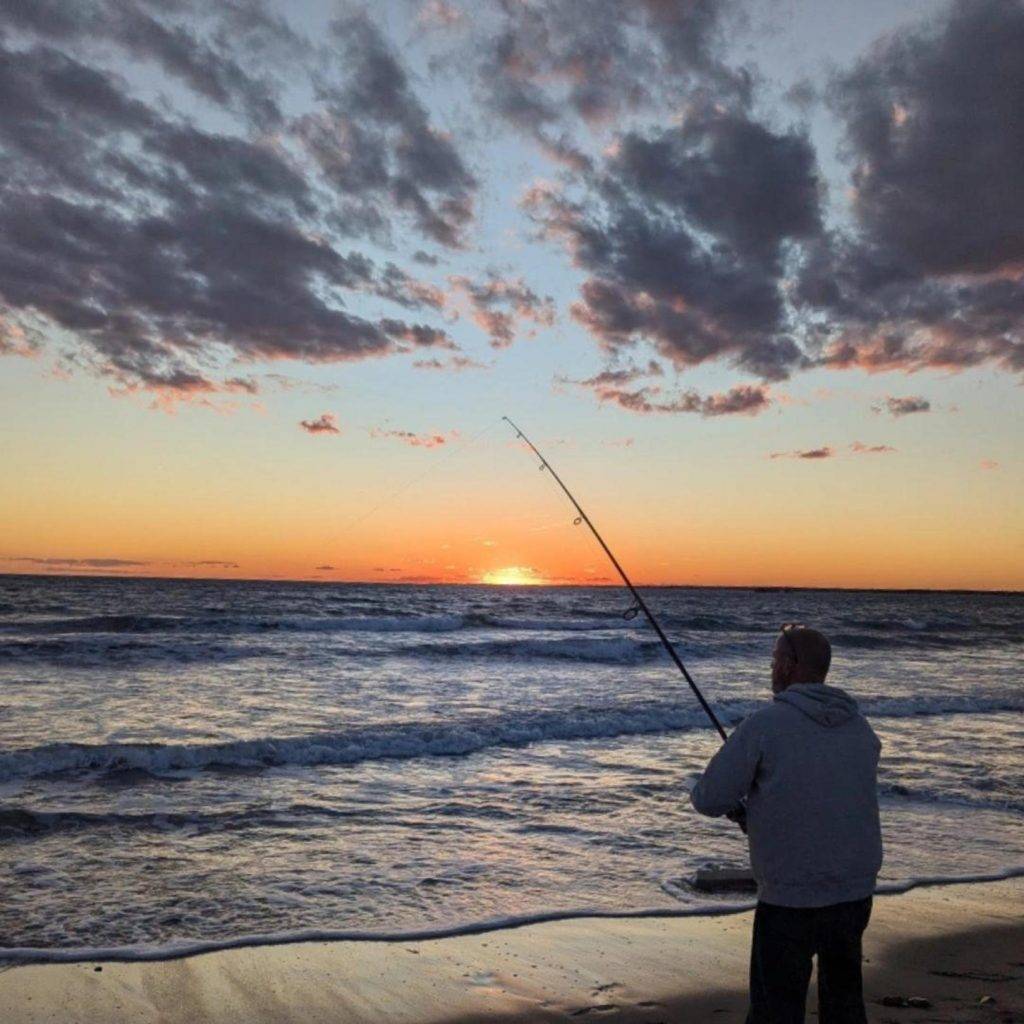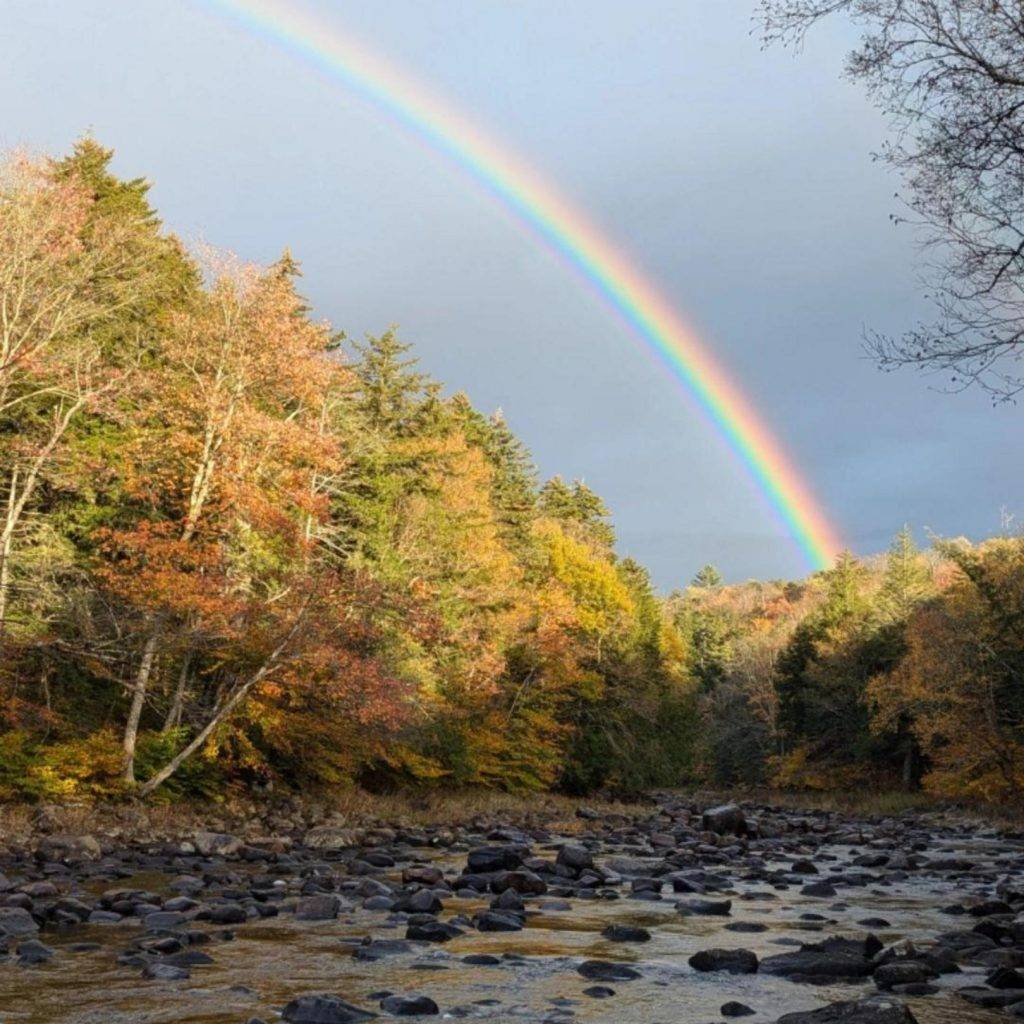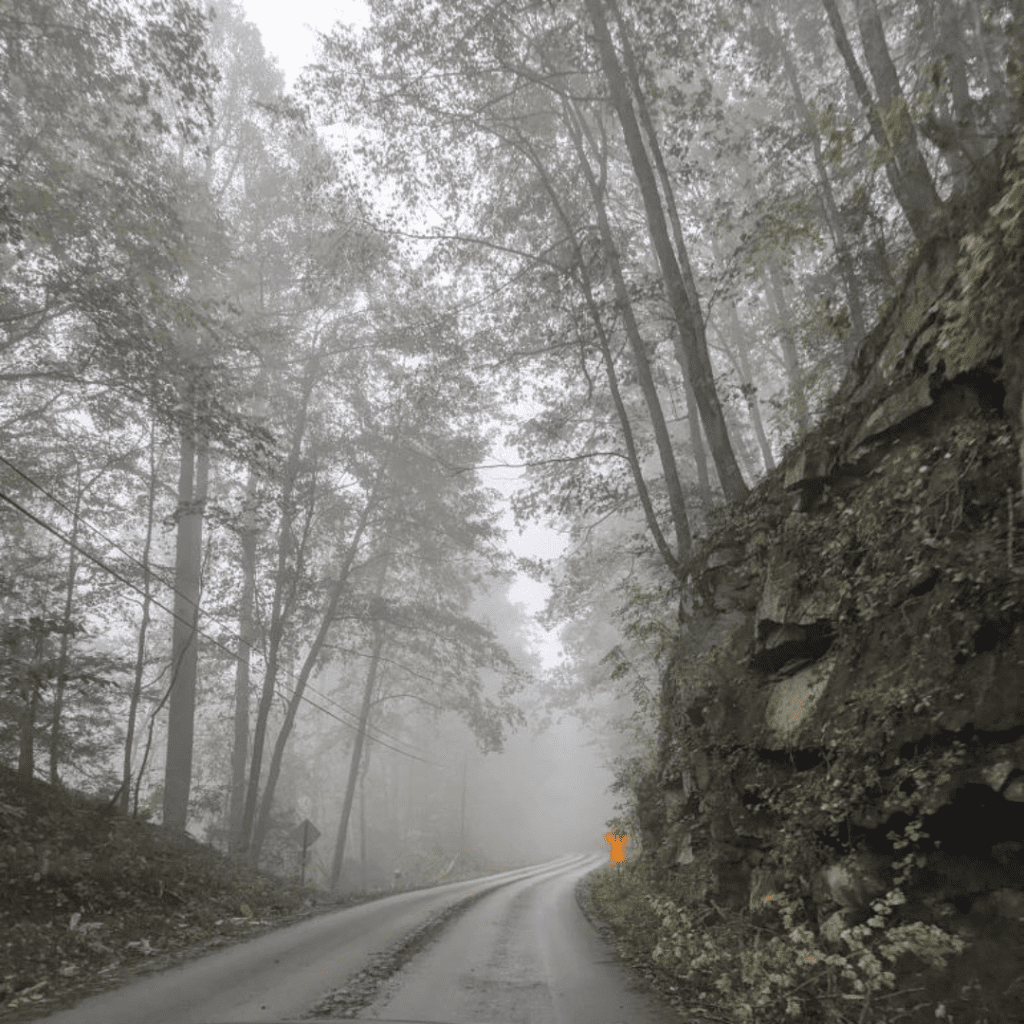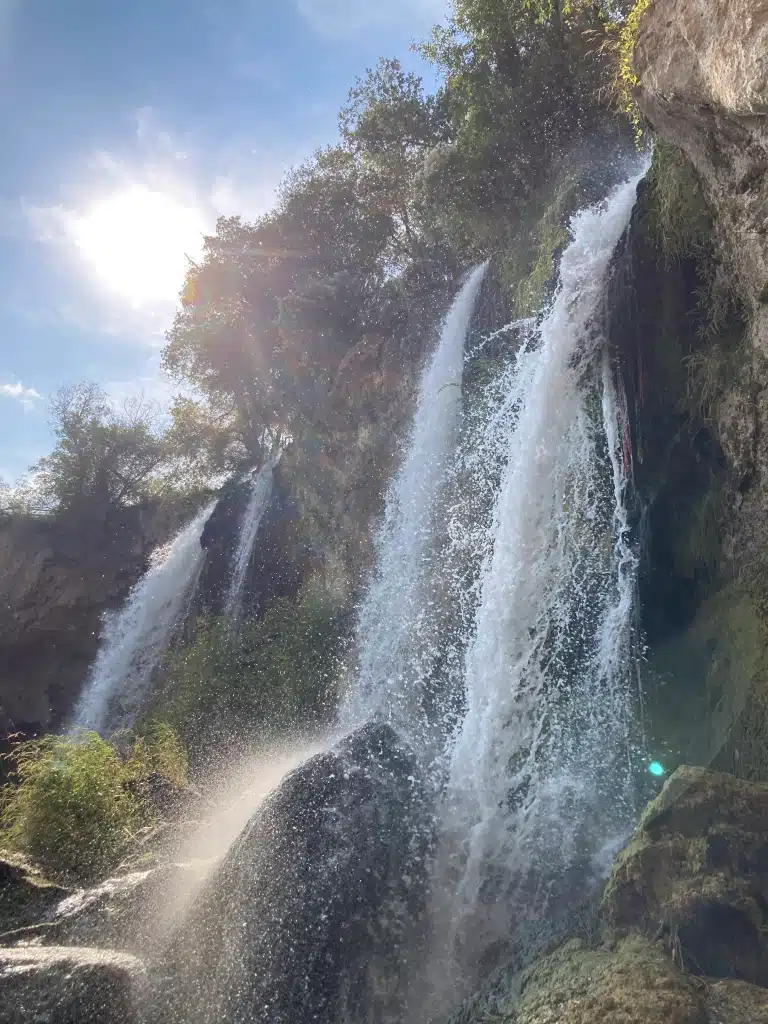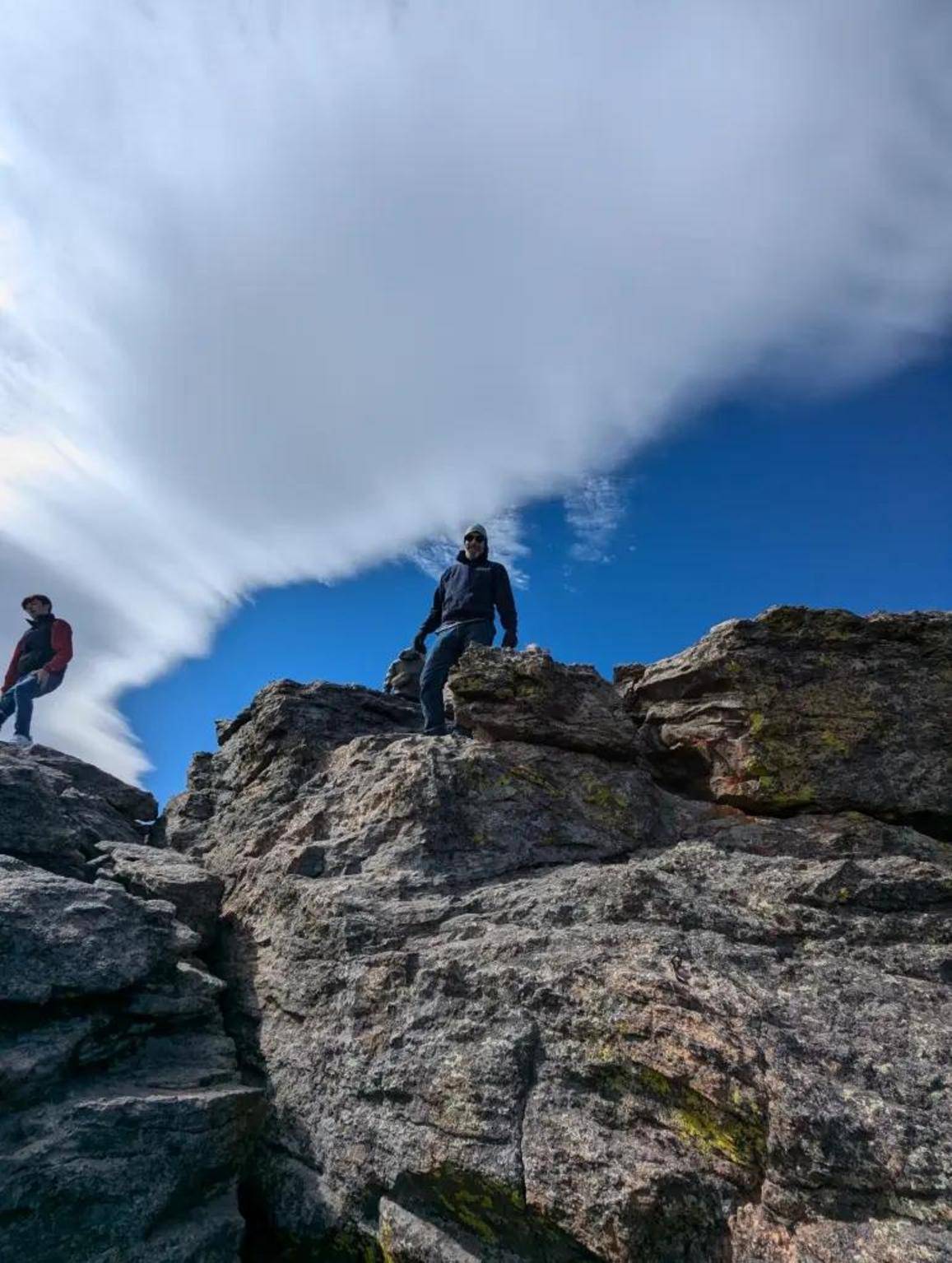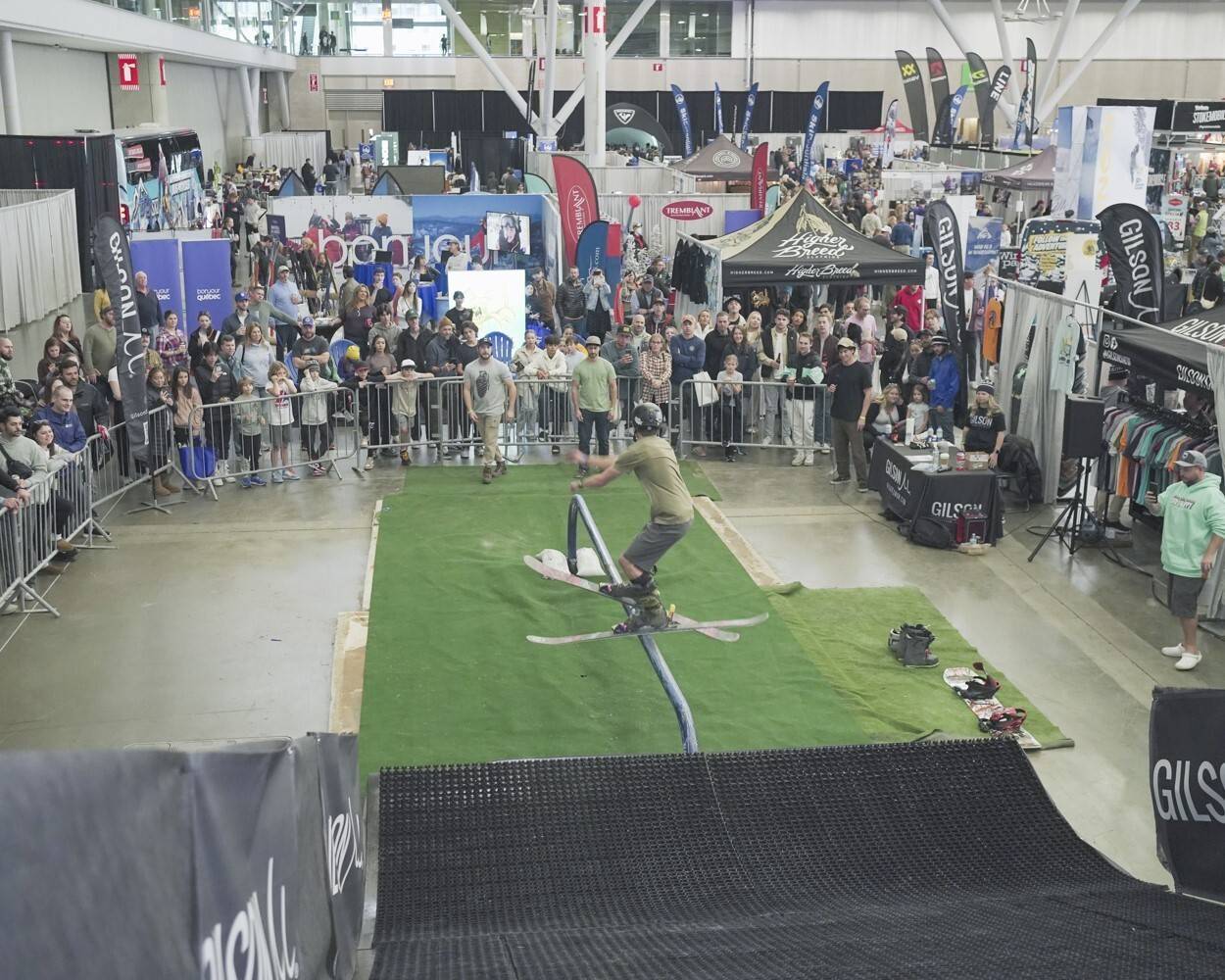There are many different types of fishing, including traditional bait fishing, trolling, or fly fishing. But no matter what type of fishing you choose, you should practice some common methods to protect yourself while on a fishing trip. For the most part, fishing can be a slow, relaxing, and safe experience, but there are times when danger can rear its head and catch unsuspecting anglers unaware. Avoid these potentially dangerous situations and enjoy your trip without the risk of falling victim to some misfortune.
Let Someone Know Where You’re Going
Before setting out, you should ideally let several people know where you intend to fish and how long you plan on staying out. Giving friends and family members these pieces of information will allow them to know when something may be wrong.
If you said you’d be back by 6:00 p.m. and the clock says 7:00 p.m., that’ll raise some alarms. They may go out to where you were fishing to investigate and make sure you’re still okay. If you go out without telling anyone, no one will know what to do if something happens and you don’t return.
Dress for the Occasion
Depending on the local terrain, climate, and time of year, you will need to adjust your fishing attire. Going out during the winter with lightweight clothing won’t protect you from the cold and increases the chances of hypothermia. The opposite extreme is also true; showing up with too many layers in a hot climate will cause you to overheat and result in hyperthermia.
You also need to consider your interaction with the water and the appropriate gear to bring with you. If you plan on fly fishing and wading out to the middle of the stream, you need the right type of waders to make sure you don’t waterlog your clothing. Make sure the waders are high enough to keep the water out and keep you dry.
Bring the Necessary Safety Equipment
With safety equipment, it doesn’t just mean bringing along a first aid kit to treat minor wounds, although you do need that in case of emergency. But safety gear also means having sunscreen, a wide-brim hat, sunglasses, and general protection from the sun.
Short-term exposure to UV rays won’t do much, but over a long enough period of time, regular exposure to sun rays can cause serious health issues. Don’t underestimate the deadly power of the sun; without taking the proper precautions now, you may end up paying for it in the future.
Take Whatever Steps You Can
You need to prepare for every reasonable occurrence, whether it’s an issue with clothing or letting others know where they can find you. Know how to protect yourself while on a fishing trip to avoid any dangerous or deadly circumstances, no matter how minor it may seem.




